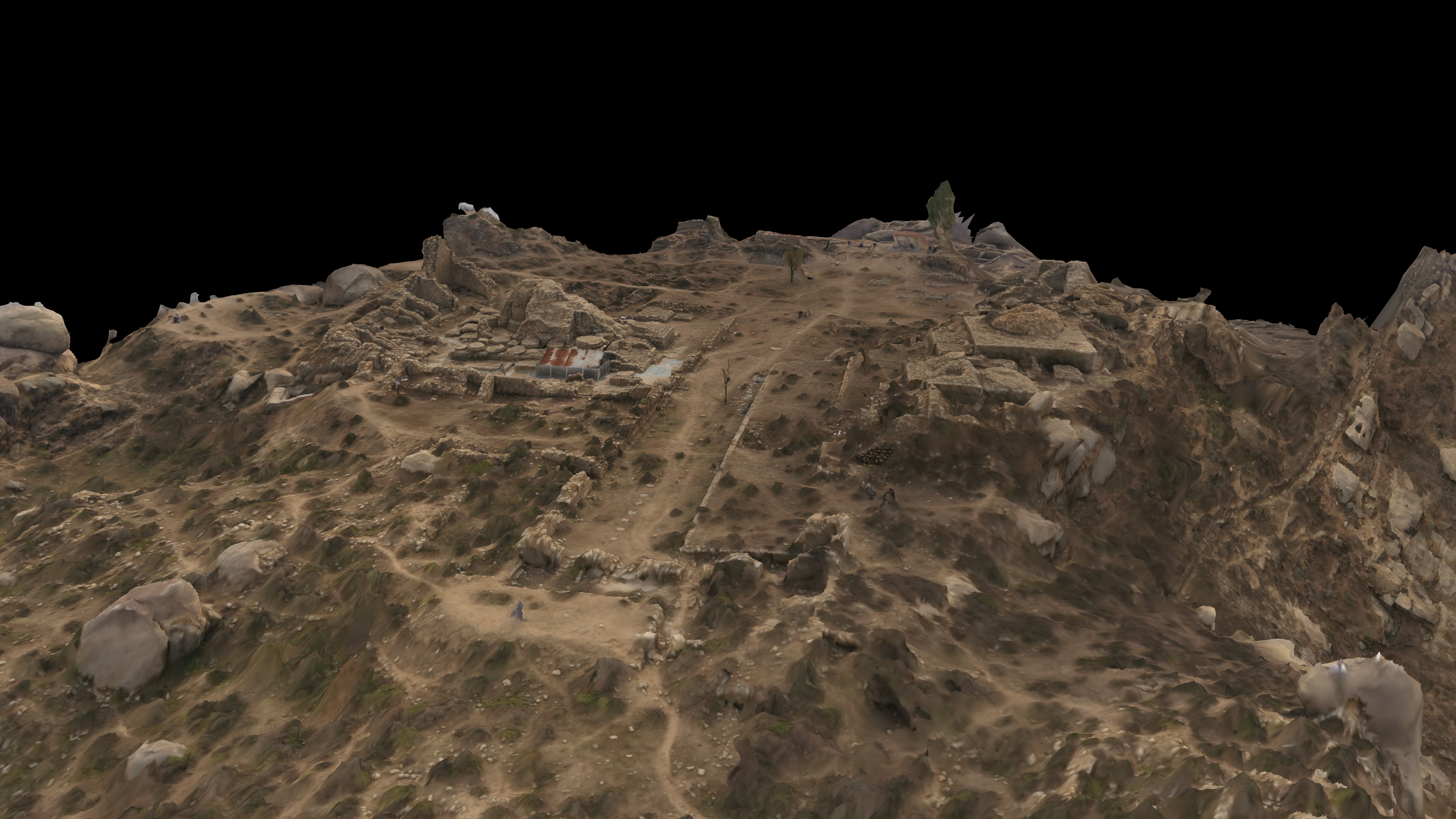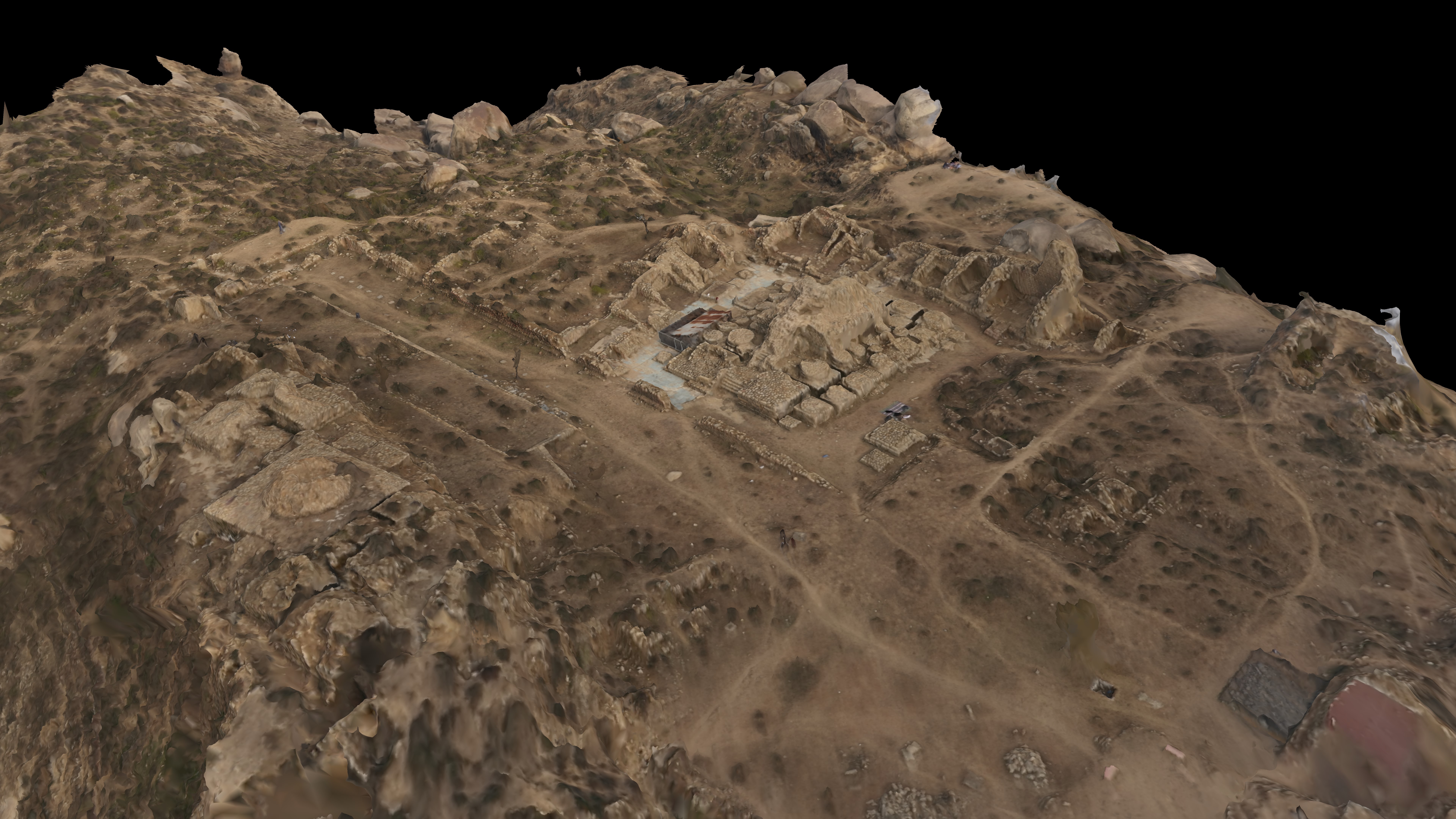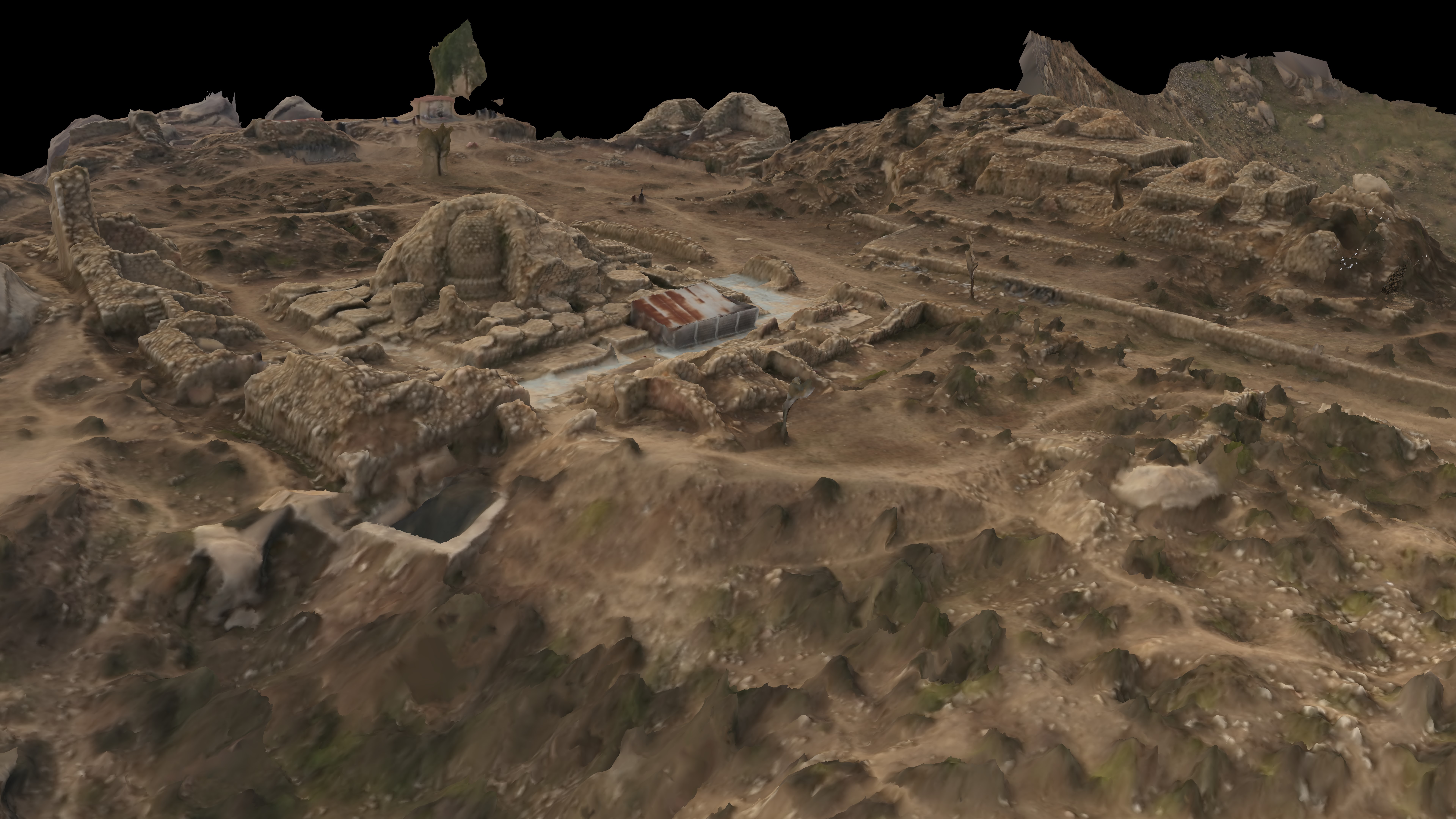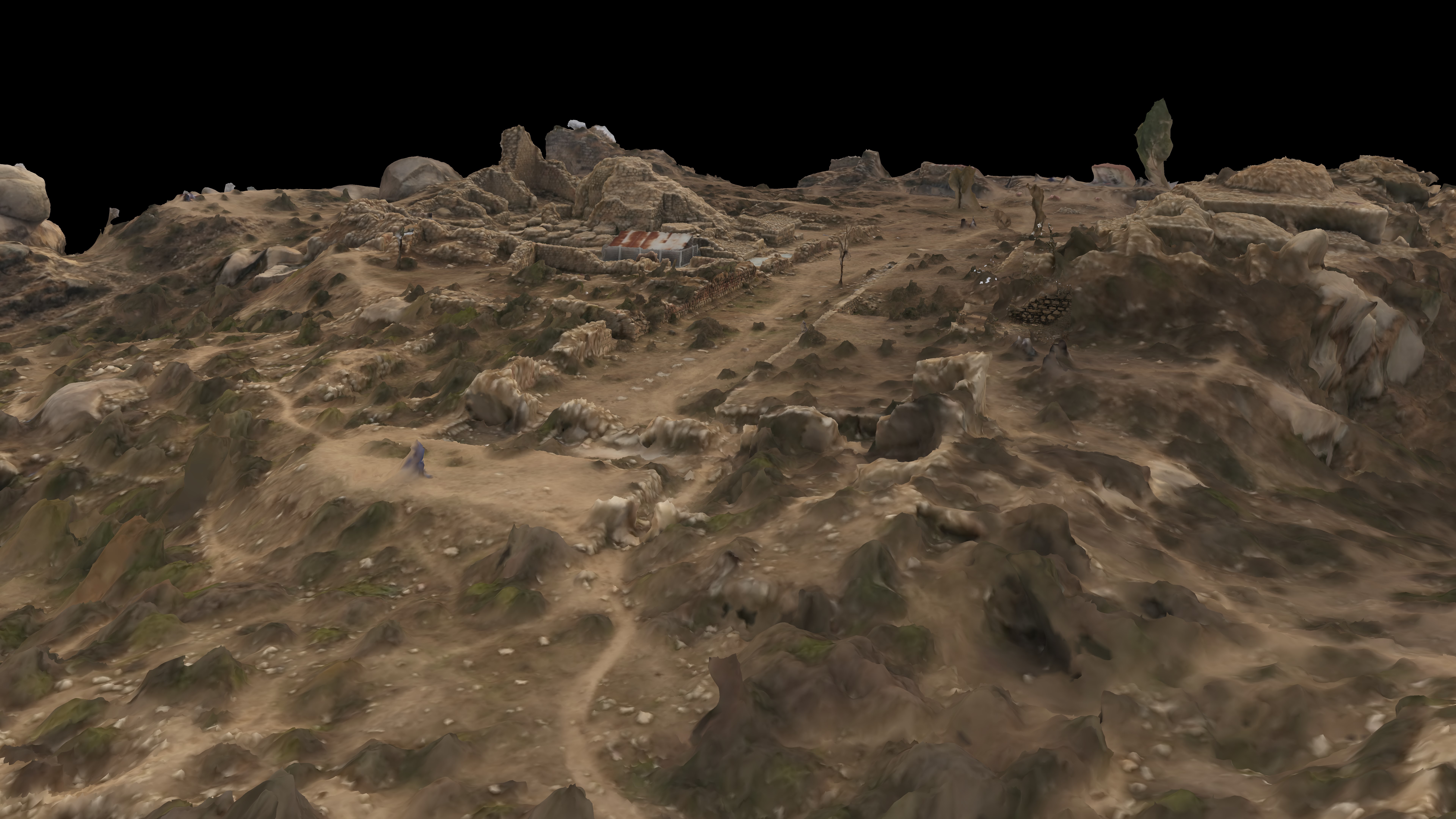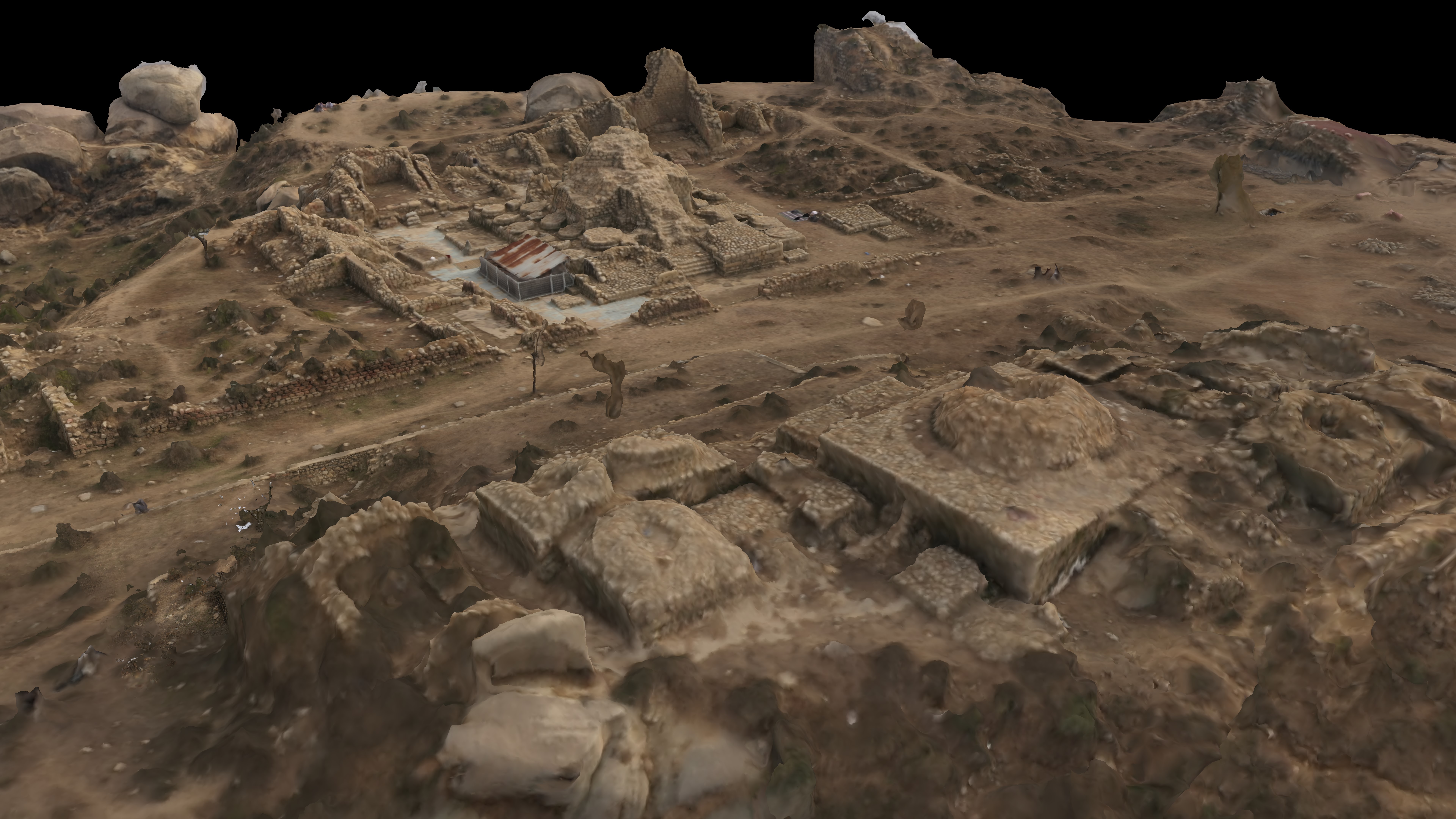SCROLL DOWN
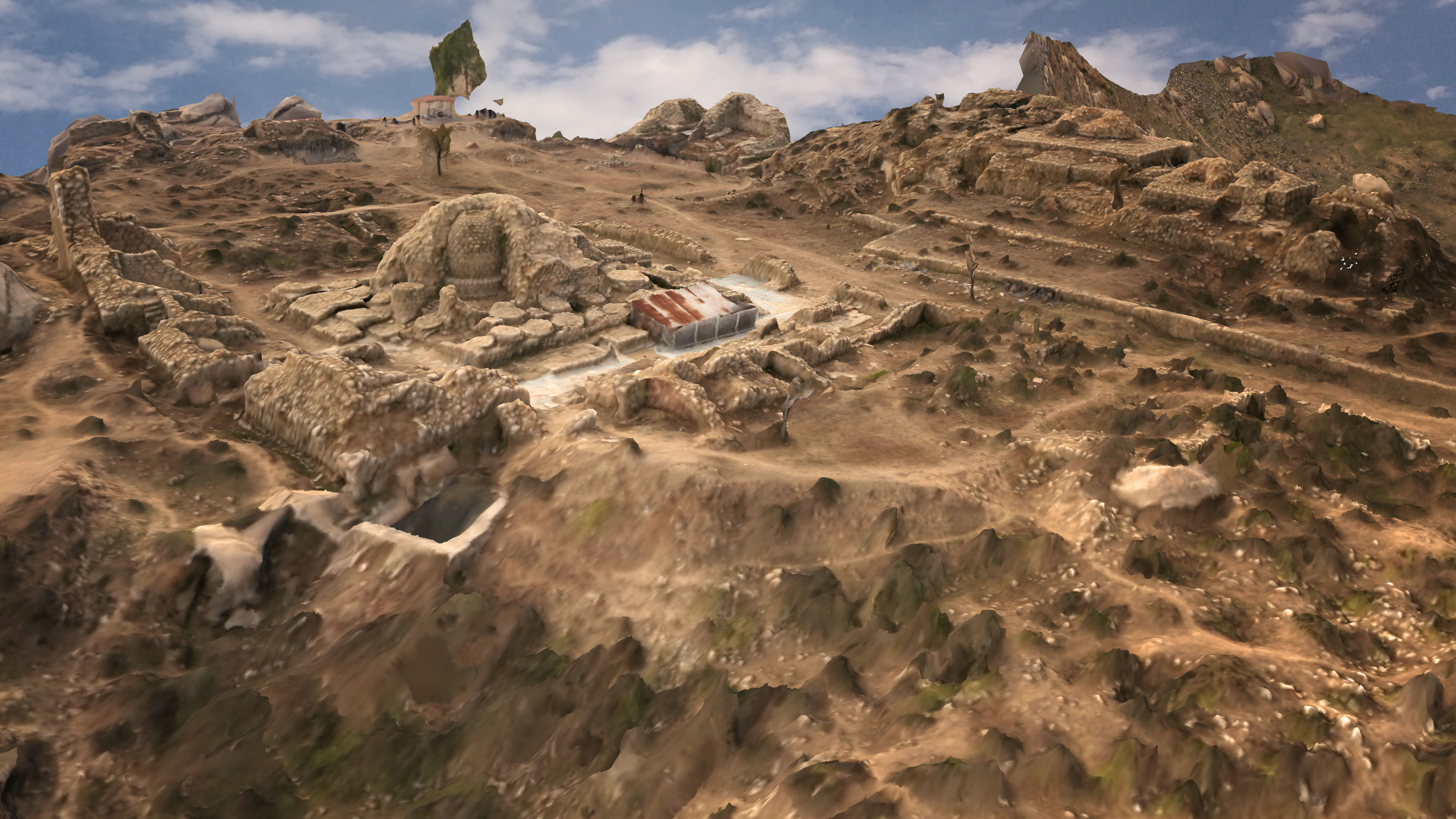
Ranigat
The Ranigat site is located in the Buner district of Pakistan. In the local language, "Ranigat" means "Queen's Rock."
The artificial rock caves found at Ranigat are unique in the Gandhara region. These caves were created by hollowing out the centers of large boulders exposed on the mountain top, transforming them into spaces suitable for living and spiritual practice.
Since the 19th century, the site has faced issues related to vandalism and amateur diggings. The site has been excavated by a Japanese archaeological team and, since the 1980s, has been under excavation by a joint UNESCO-Japanese team. The excavated area of the site is primarily divided into four sectors: the east area, south area, southwest area, and west area. It features a main stupa courtyard with monastic buildings to the south, a secondary monastery with a shrine and large stupa to the southwest, and a terrace of stupas to the west. According to Japanese scholars, the site was occupied from the 2nd to the 6th or 7th century.
On January 30, 2004, Ranigat was added to the UNESCO World Heritage Tentative List in the Cultural category.
